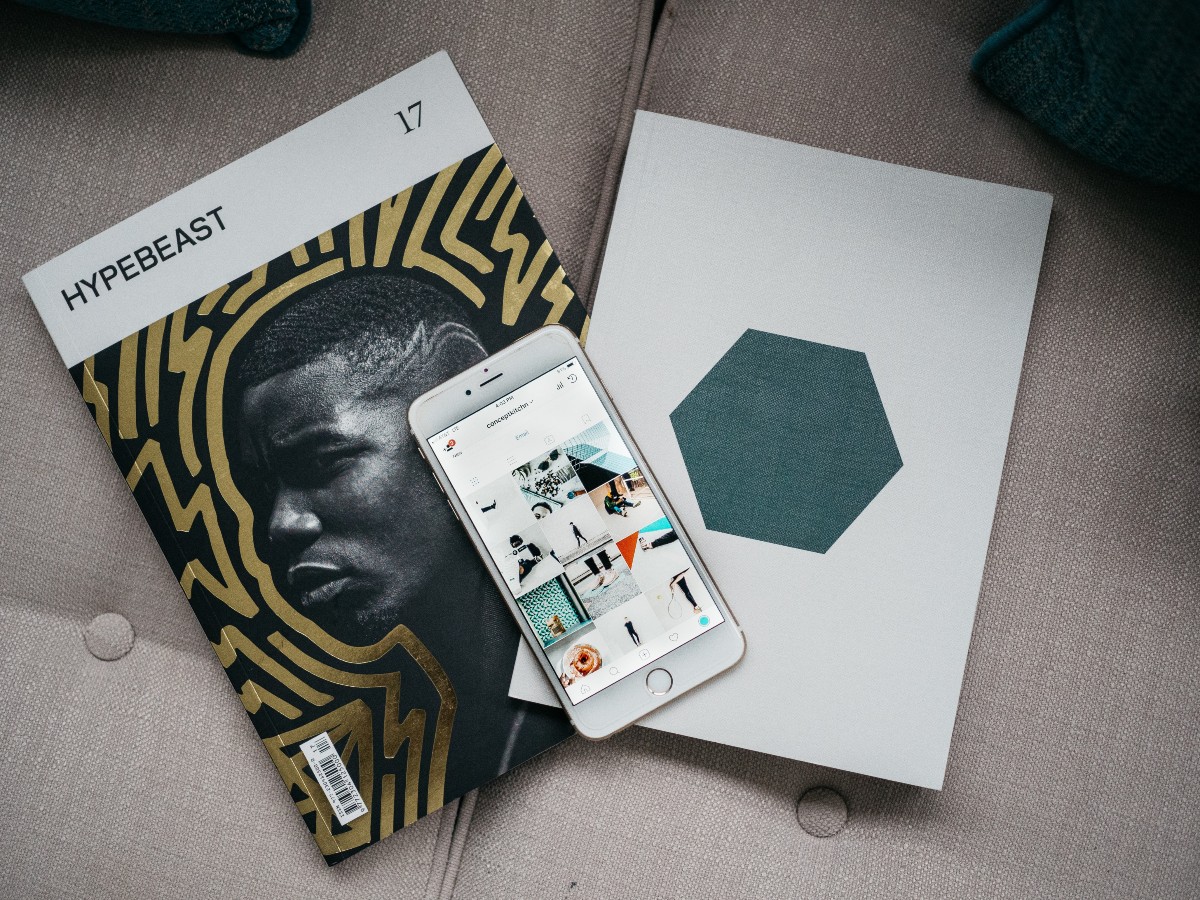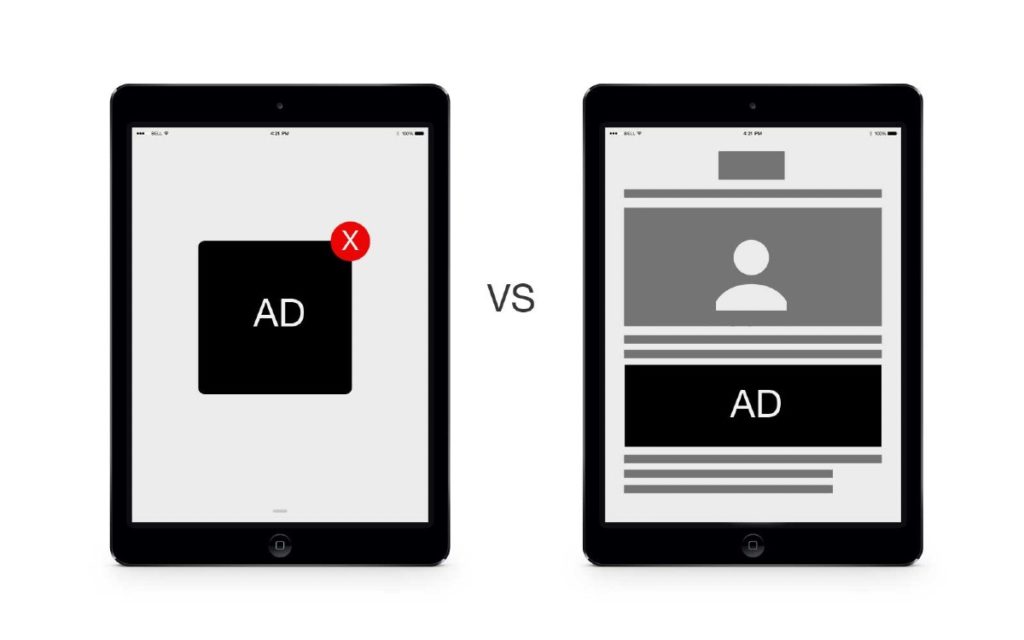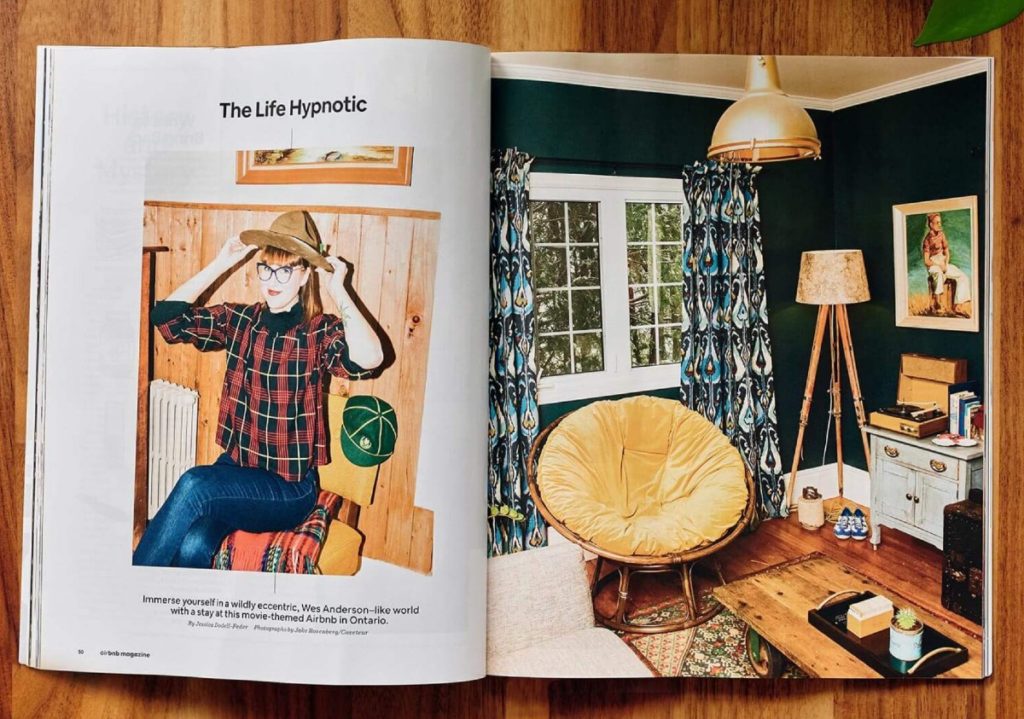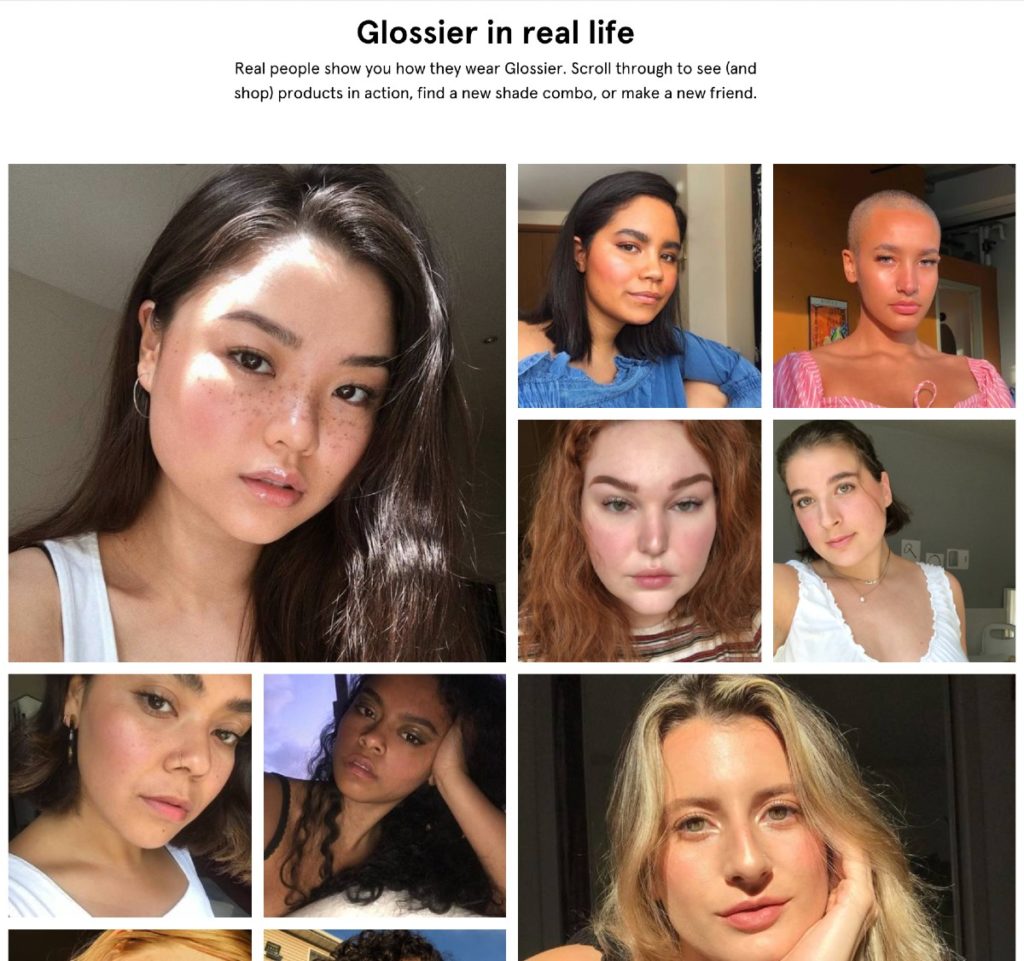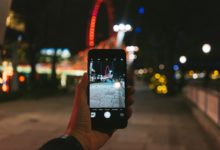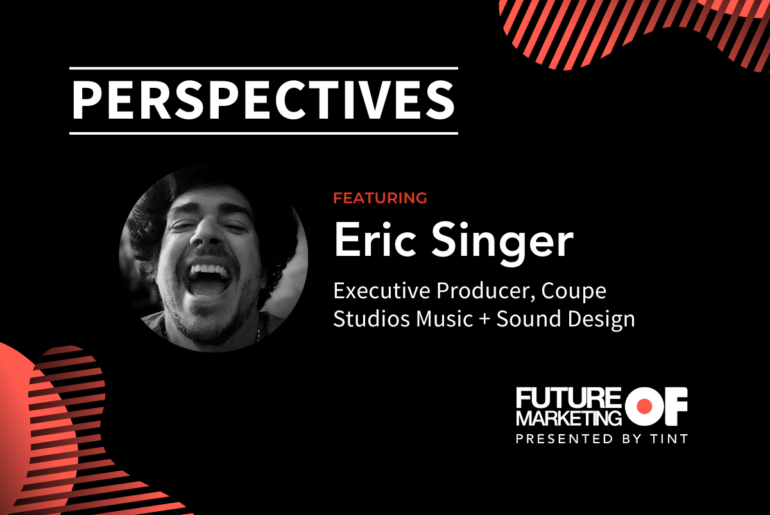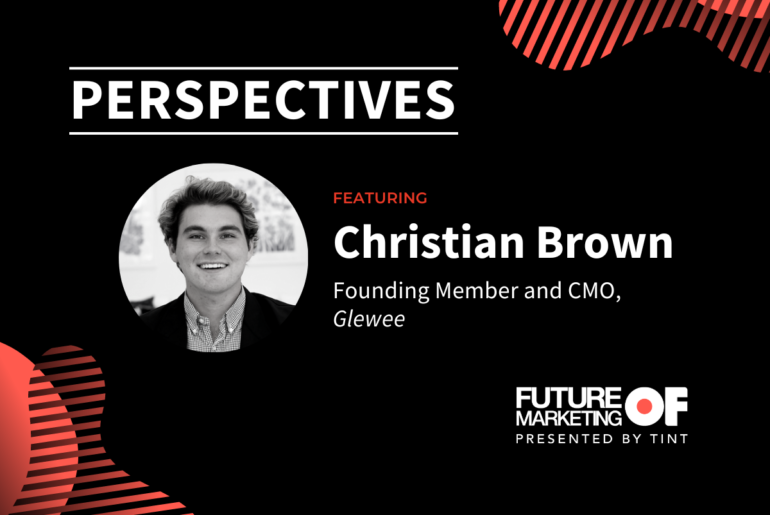Brands are pausing social media ads on Facebook for allegedly ‘not doing enough’ to prevent or stifle hate speech. The North Face was the first big brand to announce it is boycotting Facebook ads, enticing a domino effect among other leading brands. Now Diageo, Verizon, Coca-Cola, Unilever, Puma, and Adidas are among hundreds of brands pausing ad-spend to prevent their ads from appearing next to offensive content.
As marketers halt ad-spend to protect brand reputation, Coca-Cola announced it is pausing advertising across ALL social media platforms until further notice.
“We will take this time to reassess our advertising standards and policies to determine whether revisions are needed internally, and what more we should expect of our social media partners to rid the platforms of hate, violence, and inappropriate content,” Coca-Cola shared. “We will let them know we expect greater accountability, action, and transparency from them.”
According to Pathmatics, the top 100 advertisers only account for $4.2 billion or 6% of Facebook’s ad revenue while the majority of revenue derives from small to medium enterprises (SMEs). If SMEs follow what big brands are doing – shifting budgets away from the platform – Facebook could face a much steeper challenge than initially anticipated.
What should marketers do now?
A common reaction from brands would be to go completely dark to play it ‘safe’ – no paid or organic content. However, there is an increasing expectation from consumers – particularly Millennials and Gen Z – that brands should speak up on social and environmental issues. Kantar Monitor, a strategic consulting company, reported 68% of consumers expect brands to be clear about their values – setting high expectations from brands they engage with.
With increasing expectations for brands, marketers are repositioning communication and advertising efforts to deliver more authentic, useful, and relatable content.
Opportunity for native advertising experiences
Reconsidering brand messaging and relationships with social platforms doesn’t mean brands are turning their backs on their online communities – far from it. To stimulate consumer trust, brands are turning to the voice of consumers and repurposing user-generated content (content created by fans) within owned assets – websites, social media, newsletters, e-books – paving new opportunities for native ad experiences. But first, native advertisements cannot be confused with the traditional ‘banner-like’ advertisements you typically see on social media.
Consumers are increasingly aware when they are being advertised to. They are experts at distinguishing branded content from traditional banner ads and usually ignore these ads altogether. In fact, in a survey conducted by eMarketer, over 40% of respondents shared digital ads were too aggressive.
Native advertisements work around this, as they resemble the appearance and function of the media they appear in – think blog articles, a website, or a section in a magazine.
While Stanford University researchers uncovered native advertising doesn’t fool anyone, they also discovered that native ads still work and influence shopping behavior – with purchasing intent being 53% higher with native advertising than traditional banner advertising.
Unlike traditional paid ads, native ads fight ad fatigue and are integrated within editorial content to mitigate boredom.
Stanford Professor Navdeep Sahni shares, “The mechanism through which such advertising works is not clicks — the consumers we observe don’t inadvertently click on an ad and buy a product without knowing they saw the ad. Instead, they internalize the ad and may later search for the product in question or visit the advertiser’s page.”
When consumers resonate with the content a brand shares (and find it interesting), native ads engage the audience and influence their desire to learn more about the brand.
Make native ads interesting with user-generated content
Hosting an ad within your domain isn’t new, but the surging misinformation and lack of trust in social media platforms have bred a need for transparency and community-led experiences – an opportunity to embrace the voice of consumers.
Native experiences can be more effectively driven with user-generated content (UGC), as ads featuring UGC receive 4 times higher click-through rates and a 50% decrease in cost-per-click compared to average ads.
With the right tools, including those that help obtain rights to this content, brands can maximize advertising budgets – from collecting user-generated content at scale and pulling this content from earned media (like a hashtag) to repurposing UGC within owned assets.
In essence, brands can increase trust by influencing consumers to create and share content – and brands can then highlight this content within select touchpoints to improve the brand experience.
However, optimizing ads and content for every distribution channel and how audiences are targeted is easier said than done – and this is an area where marketers fall short.
Own your content (and have a strategy)
Every company is a media company – some simply do it better than others. “Media companies and traditional businesses are adjusting their idea of where, how, and why content is created and published,” shares Nathan Pettijohn with Forbes.
Hospitality and travel brands should take a page out of Airbnb’s content marketing strategy for inspiration.
Airbnb highlights user-generated content, including stories from hosts and travelers, to engage their audience more authentically with their Airbnbmag. The publication combines travel insights with its partner’s, Hearst, magazine production.
Instead of buying ad space from a third party (such as in a magazine like Travel + Leisure), Airbnb found a partner and invested in native and owned assets to elevate its brand experience by featuring travel UGC in a print magazine – a unique spin to a traditional advertising medium.
Joanna Coles, Hearst’s chief content officer, shared, “Unlike other travel magazines, this one taps into the expertise of you guys,” referring directly to Airbnb hosts. “Everything in it is sourced from hosts and regular travelers… It’s not news around a new hotel opening. It’s real information for the world of Airbnb.”
While not all companies have access to the same amount of data Airbnb has, marketers should still review their website and social media analytics to identify where users are spending more (and less time) on – and use these insights to focus and drive content strategy.
Direct-to-consumer (DTC) and eCommerce
As consumers increasingly shift to online patterns (particularly due to the pandemic), eMarketer predicts, “eCommerce will reach 14.5% of total retail sales in 2020, representing both an all-time high and the biggest share increase in a single year.”
eCommerce continues to surge amid the pandemic, making direct-to-consumer (DTC) a hot topic for CMOs of fast-moving consumer goods (FMCG) brands. Through this direct brand-to-consumer relationship, brands can foster more authentic relationships with consumers, understand their needs and desires better, and use these insights to entice ideal customers.
With more accessible self-serve tools on the market, DTC has become even more attractive – changing the way businesses interact with consumers online. As a result, growing DTC brands are now competing with bigger brands, such as Glossier with Sephora and Dollar Shave Club with Gillette Razors. Glossier even has a ‘Looks IRL’ linked in its navigation menu, which leads to a captivating collection of fans sharing their ‘in real life’ Glossier make-up looks.
“Great direct-to-consumer brands become great omnichannel competitors,” shares Robert Hanson, President of Constellation’s wine and spirits division, “The smarter we get about building our brands for consumers, and the faster we are, the more agile we are, the more quickly we can bring consumer-relevant information to the market, the more quickly we can test new ideas in our direct-to-consumer channel — the more valuable of a partner we will be to wholesalers.”
Combining user-generated content with DTC helps brands be quicker, more agile, and relevant as they grow. With the right strategy, DTC marketers can influence consumers to share images and feedback of their products, which can then be repurposed across a brand’s communication channels – without having to invest in product photography and production – much like Glossier did above.
Adding UGC to native ads helps brands develop a powerful attribution system that will contribute to the success of marketing and sales teams – all by simply using the voice of consumers to advocate on your behalf.
What will the future hold for paid social?
For brands, personalization and diversification across platforms are key to standing out in a ‘noisy’ world. As UGC and native advertising become more common – compared to traditionally disruptive ads – teams must understand the best practices actively shaping the native advertising industry in the first place.
Avoiding deceptive advertising and controlling brand placement will be paramount for brands and ad platforms moving forward.
While top brands account for a small percentage of revenue for Facebook, the real risk to the future of paid social media is – and will be – influenced by the majority of its users, which are small and medium enterprises (SMEs).
If the Facebook ad boycott were to move downstream to SMEs, for example, this could revolutionize Facebook’s and other social media platforms’ propositions to improve the future of advertising. In other words, the future of paid social media welcomes more trust, authenticity, and transparency.
And that is where the voice of consumers comes in.
